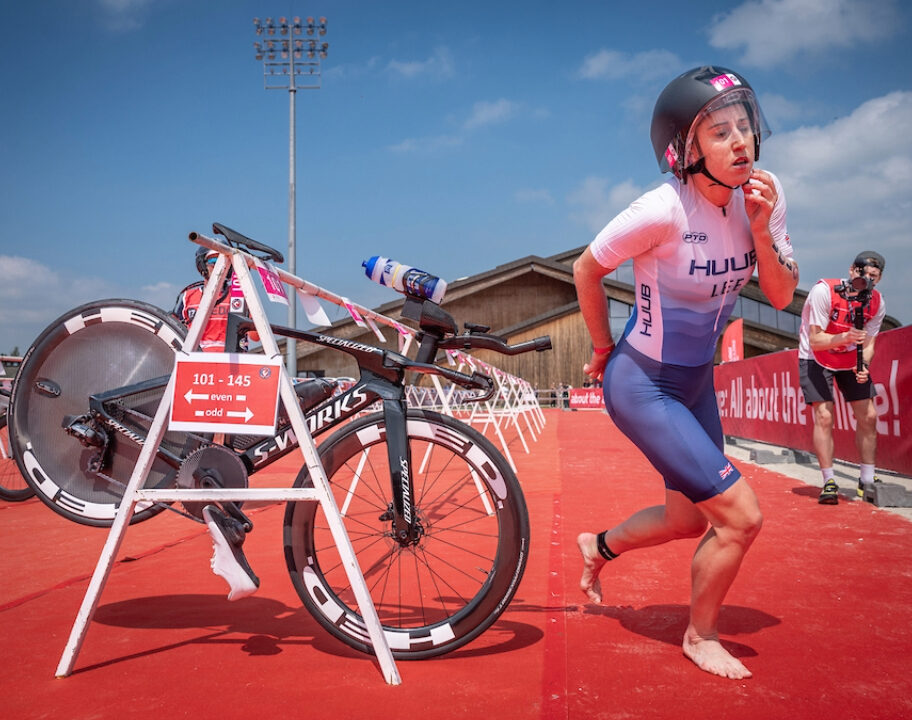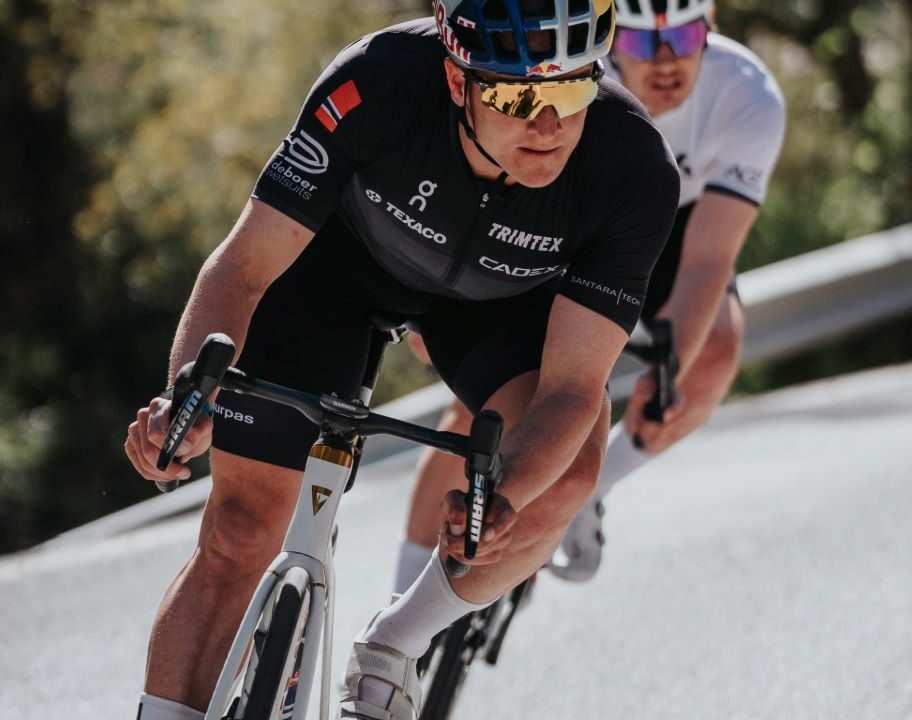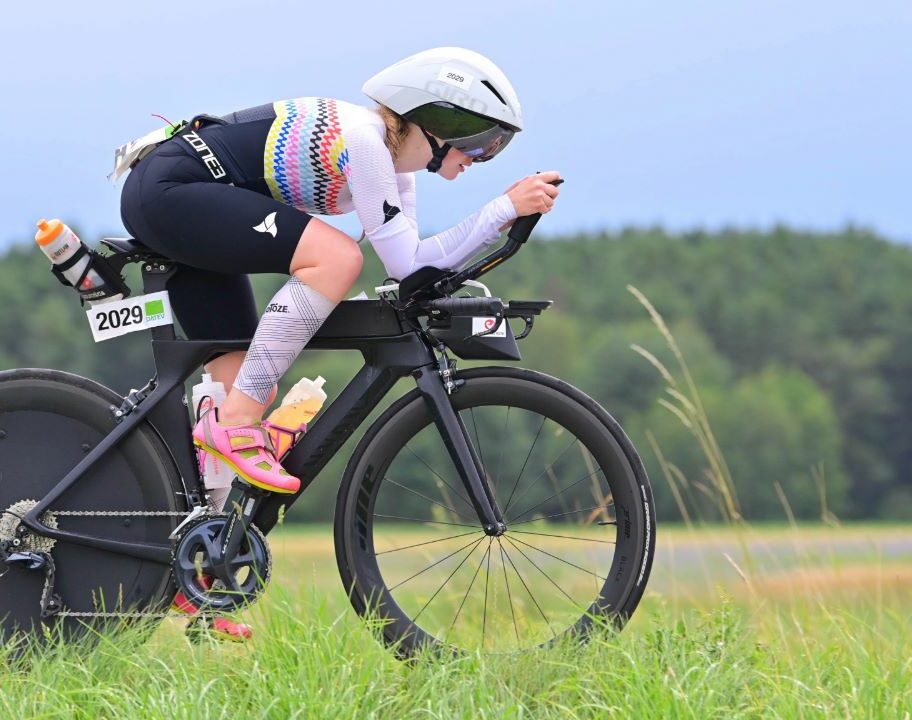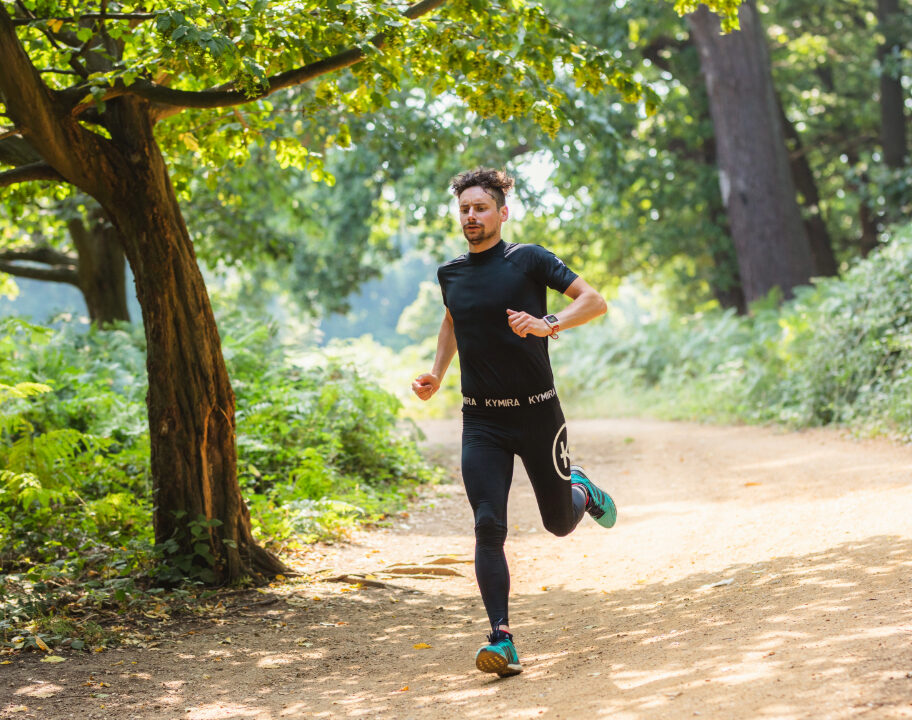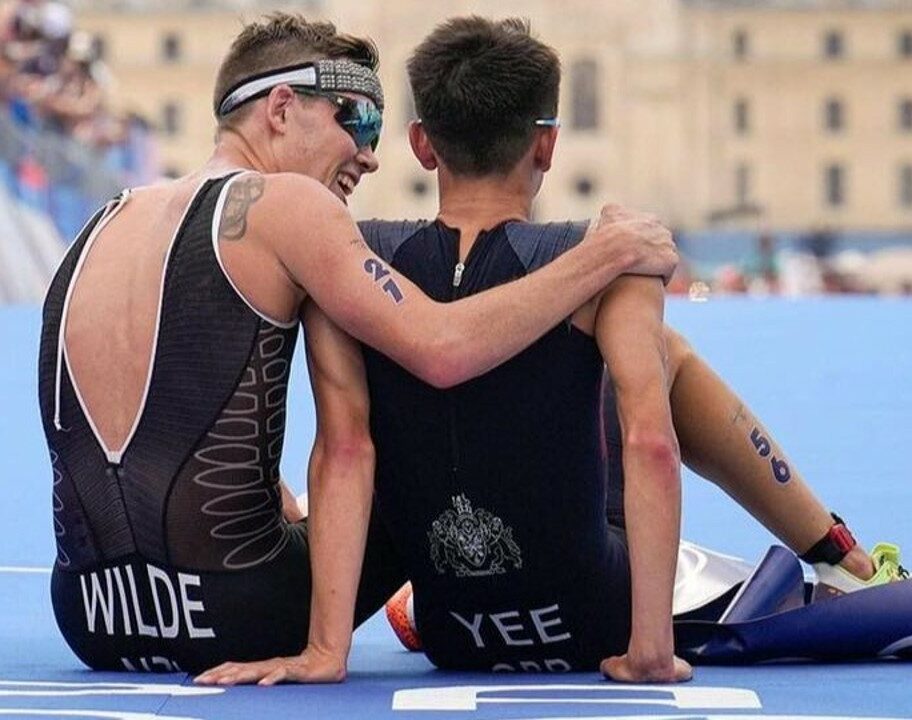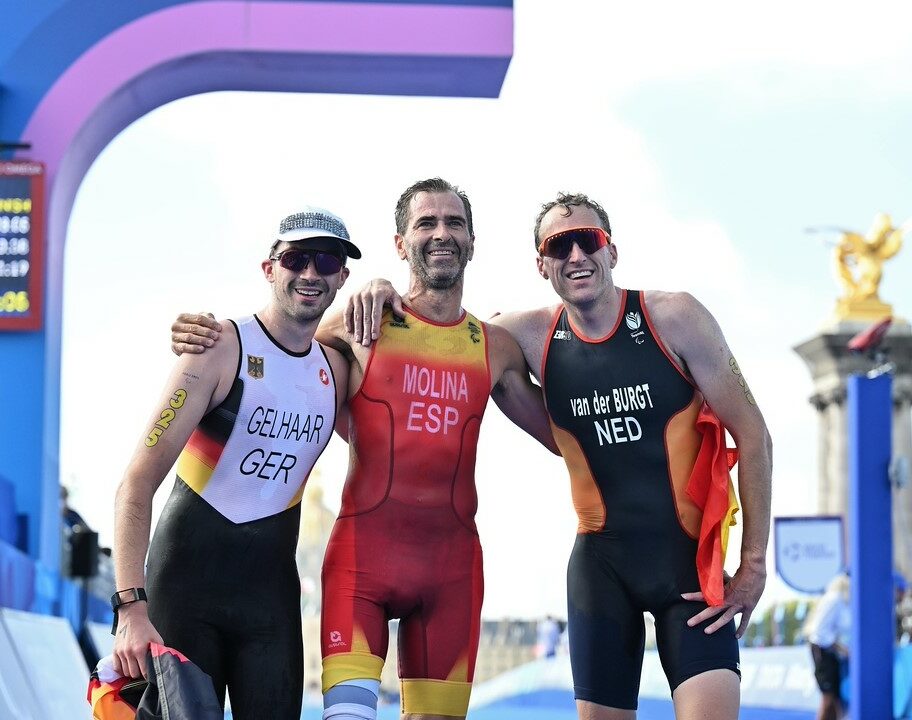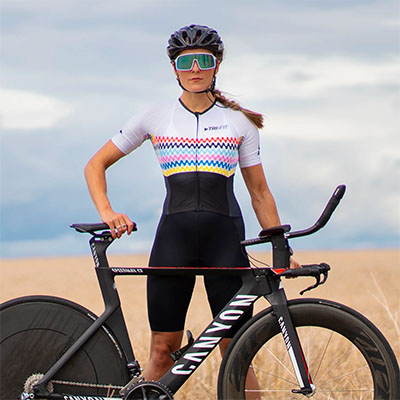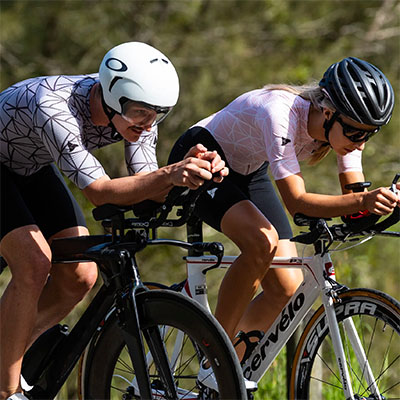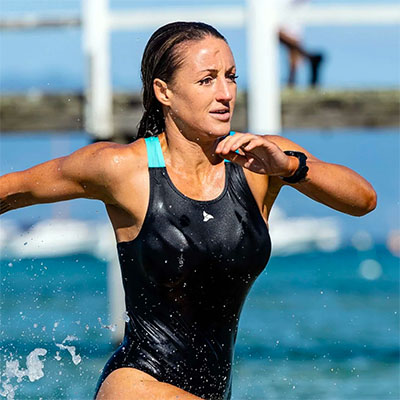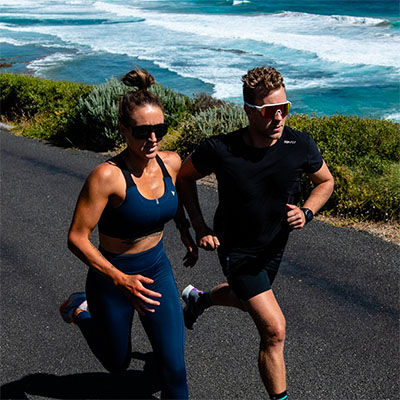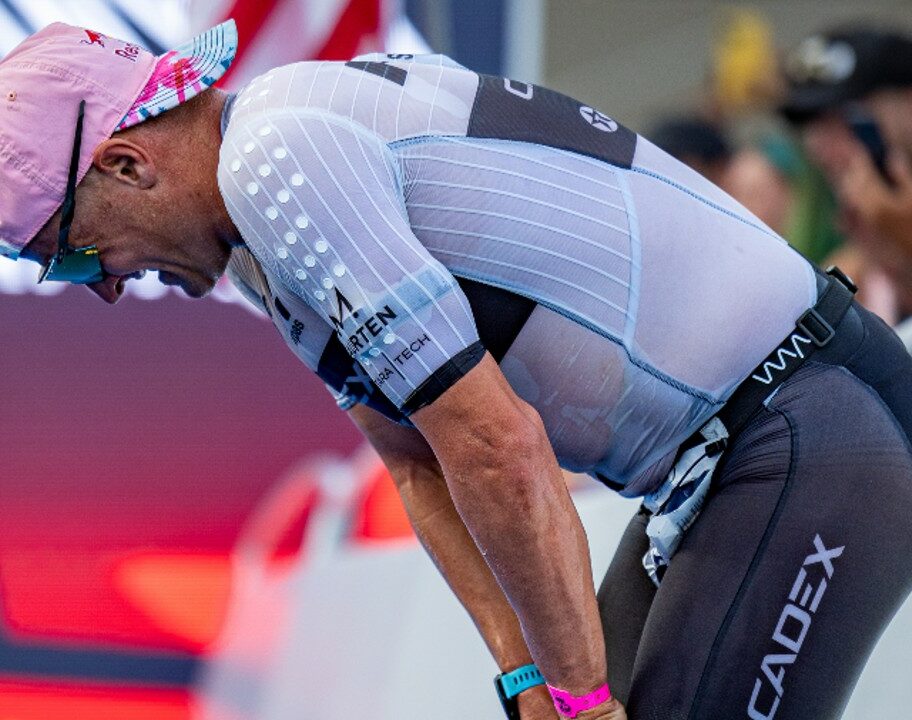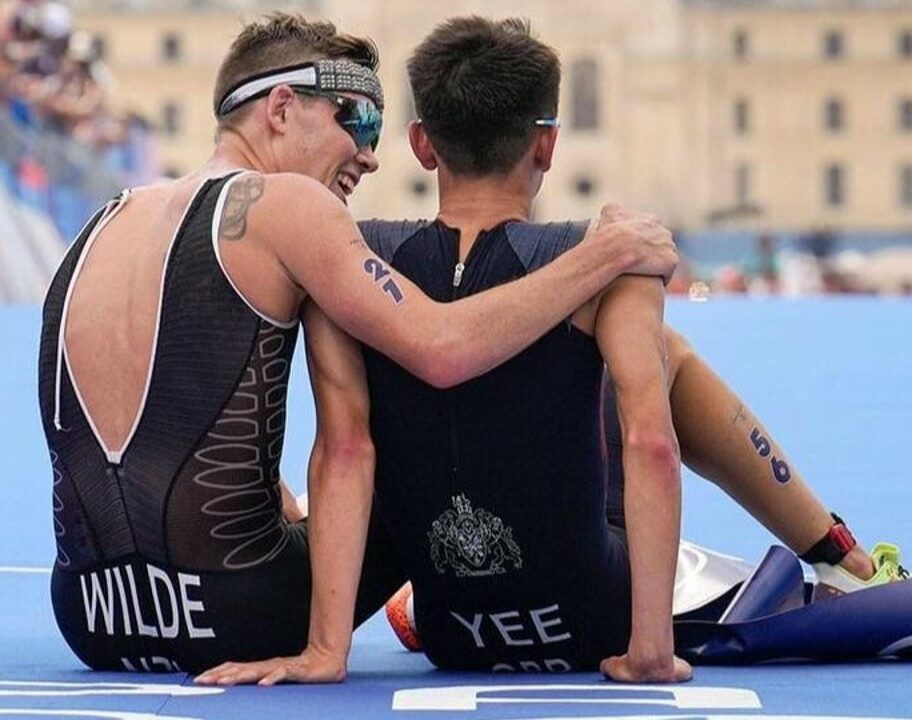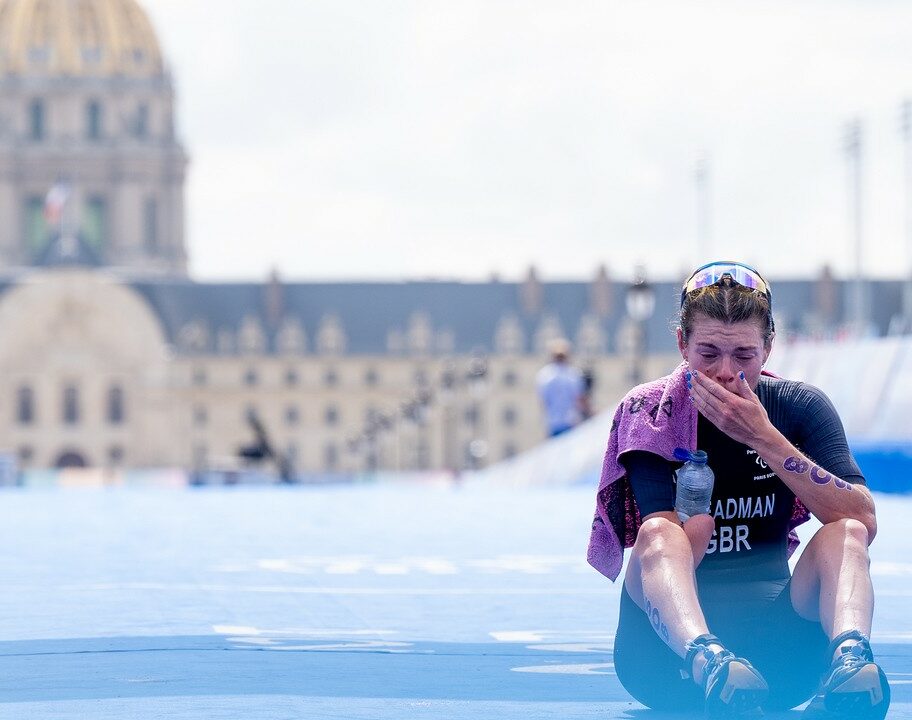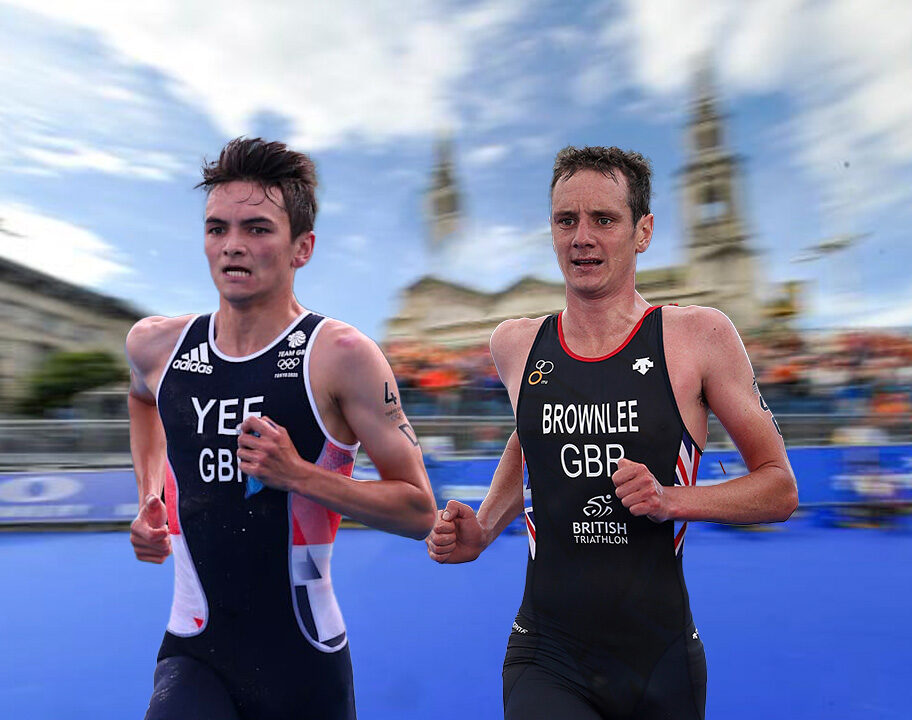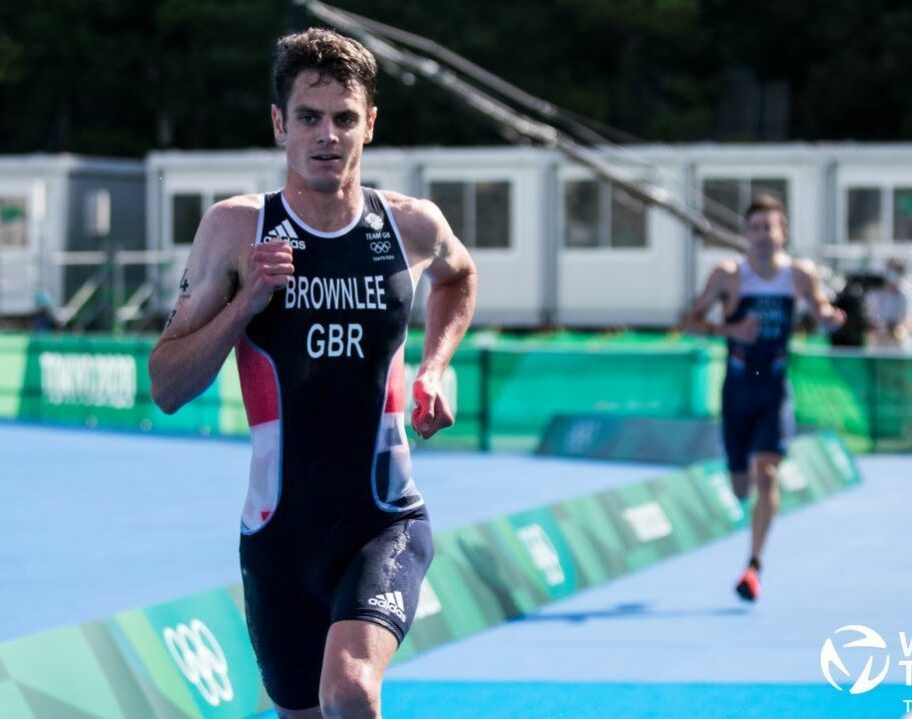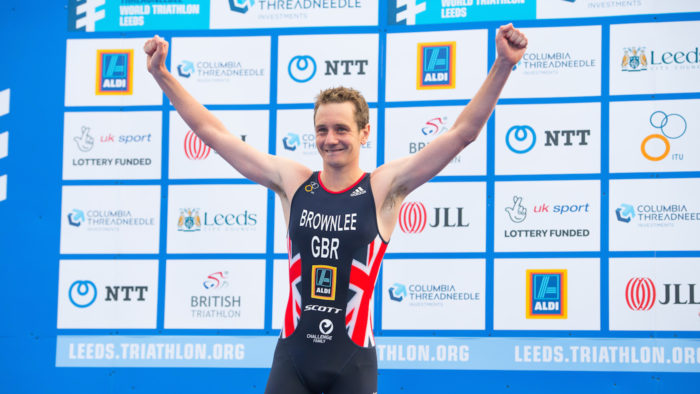If you’re considering extending your open water swimming over the winter, cold water swimming is on the rise! There are some essential kit items and accessories that you need, along with respecting the elements with thorough consideration for safety.
Cold water swimming isn’t the same as open water swimming. You need to ditch your GPS watch and any obsession with speed and distance and adapt to a new approach to your training. Master ‘feeling thermally comfortable’ and switching off completely to enjoy the many benefits.
Cold Water Swimming Kit & Accessories
Essential equipment for cold water swimming includes, of course, your choice of suit and goggles, but there’s a lot more to it than carefree summer swimming. You need to consider what you wear in the water, and, more importantly, be prepared for when you get out. Wrapping up warm as quickly as possible is crucial as you won’t feel cold when you initially get out, but you will start shivering within a few minutes.
Cold water acclimatisation can happen whether you wear a wetsuit or not – the key is to do a little swimming on a regular basis. If wearing a thermal wetsuit, skull cap, gloves and booties gives you more comfort and enjoyment, then go for it.
Essential Swim Gear
Wetsuits
Standard wetsuits are designed for summer temperatures but can be combined with other thermal accessories and be used out of season if you take the time to acclimatise. You can opt for an additional thermal layer or rash vest underneath your suit, but these will add bulk around the shoulders and back whereas a thermal wetsuit is designed more specifically to allow the flexibility to swim.
Thermal wetsuits
Several triathlon brands make thermal wetsuits and the buoyancy profile is designed for the freestyle body position. Winter suits are made with thicker neoprene – 5mm is standard for the torso and hips, with the shoulders and back having thinner neoprene to enable movement. They usually have soft, wool-like linings, ideally which don’t hold too much water. Your shoulders will need to adapt to the weight of extra layers – perseverance pays off.
A lot less gear is required for winter skins swimming and dipping – your regular swimsuit, cap and goggles – add a woolly hat if you’re dipping. Some of the danger factors are intensified without a wetsuit. Start with very short time periods and build up gradually. Make sure you have the correct gear for warming up afterwards. Don’t go alone.
Neoprene cap
Keeping your head warm in open water is particularly important, especially on a windy day. Most winter swimming caps have a thick strap that goes under your chin. This might feel uncomfortable at first but is a benefit as it will cover your ears. Wear your neoprene cap underneath a brightly coloured silicone swim cap to increase how visible you are.
Neoprene gloves
Cold water swimming gloves help offset sensitive, painful hands. Note that they will make your arms feel heavy and reduce your feel for the water, so make sure they are tight fitting – look for swimming and triathlon specific brands. Gloves definitely enable you to stay in the water for longer.
Neoprene socks
Swim socks are a life saver and can be picked up cheaply – you don’t need triathlon specific socks if they fit tightly – baggy socks will fill with water and be much less effective at keeping you warm as well as feeling like you’re dragging weights behind you. Tuck your socks inside your wetsuit.
Post Swim Kit
According to Swim England accredited cold water coach and ice swimmer, Fenwick Ridley, they key is to wear baggy clothes that you can cocoon yourself inside. Forget tight trousers and tops.
He said: “You need big, baggy clothes. A onesie is ideal! Clothes need to be easy to get into.”
It’s worthwhile keeping a kit checklist and packing well in advance of your swim so that you don’t forget anything.
Robe / coat
Once you’ve got your wet gear off and dried yourself, a robe or winter coat is important for retaining heat – it needs to be thermal and waterproof in case of wind and rain. Check out our round up of some of the best changing robes and dryrobe alternatives.
Change mat
Having something dry and warm to stand on helps, but you don’t need anything expensive. An old piece of carpet or an inexpensive door mat will do the trick.
Gloves, socks and boots
There are post-swim specific gloves available that allow you to have your fingers free or covered mitten-style. A warm pair of socks and or thermal boots are recommended, too. Ridley only wears woollen socks, and very specifically, alpaca wool.
Safety equipment
Add a first aid dry bag or box to your kit list – most modern cars have one in the boot. Once your hands and feet go numb, you may not feel little cuts and scrapes. Tow floats will increase your visibility to others and provide you with somewhere to keep small items like keys, but they’re not designed as buoyancy aids and should never be regarded as such.
There is a lot of energy burn with cold water swimming, and you need to replenish afterwards. Get a food flask for soup with a wide opening so that when you get the shivers, it doesn’t go all over the place. You also can’t beat a hot chocolate and having snacks in the pockets of your robe.
How to Swim in Cold Water Safely
There are specific cold water swimming courses and workshops that you can take, either online or in person, and there are various coached sessions as well as formal and informal groups that you can join.
Ridley recommends starting as early as possible in the winter season, when water temperatures are still in double digits, and you can adapt from there. He says, “It’s about a staged introduction, doing very little each time.”
A coached or group session is obviously the safest environment to swim. If you visit a ‘wild swimming’ location, ideally choose one that you’re already familiar with and ensure that you have at least one buddy with you. A mobile phone with a good signal is essential.
Tips to follow whenever you are swimming:
- Pack your gear in advance so you don’t forget anything.
- Swim at a managed/coached environment or with experienced friends.
- Build up your time in the water very gradually.
- Get out of the water if you feel dizzy or very tired.
- Get into warm clothes as quickly as possible afterwards.
Max. Time In Cold Water
Ridley is keen to debunk a common myth that the temperate of the water dictates how many minutes you can spend in it. “This is wrong,” he says, “not everybody is the same – levels of hydration, sleep, general health and stress all vary. You need to learn to look for your own signals.”
Such indicators as dizziness and feeling tired are warnings to get out immediately.
“Hydration is one of the biggest considerations, it’s always a big thing, but even more so in cold water. We have a unique response to cold water, called ‘cold immersion diuresis‘. It’s the reason that you need a wee when you get in, and this intensifies as the water gets colder.
“Getting into cold water causes a spike in blood pressure, so your body kicks out unnecessary pressure (eg from your bladder). Let it go, it will help you adjust better.”
Note that you’ll continue to urinate more after a cold water swim too, so hydration before AND after swimming are important.
Start with very short periods of time and listen to indicators such numbness. No one should become hypothermic in less than ten minutes, but everyone is different and levels of hydration, sleep, general health and stress can all impact. Get out if you feel dizzy or very tired.

